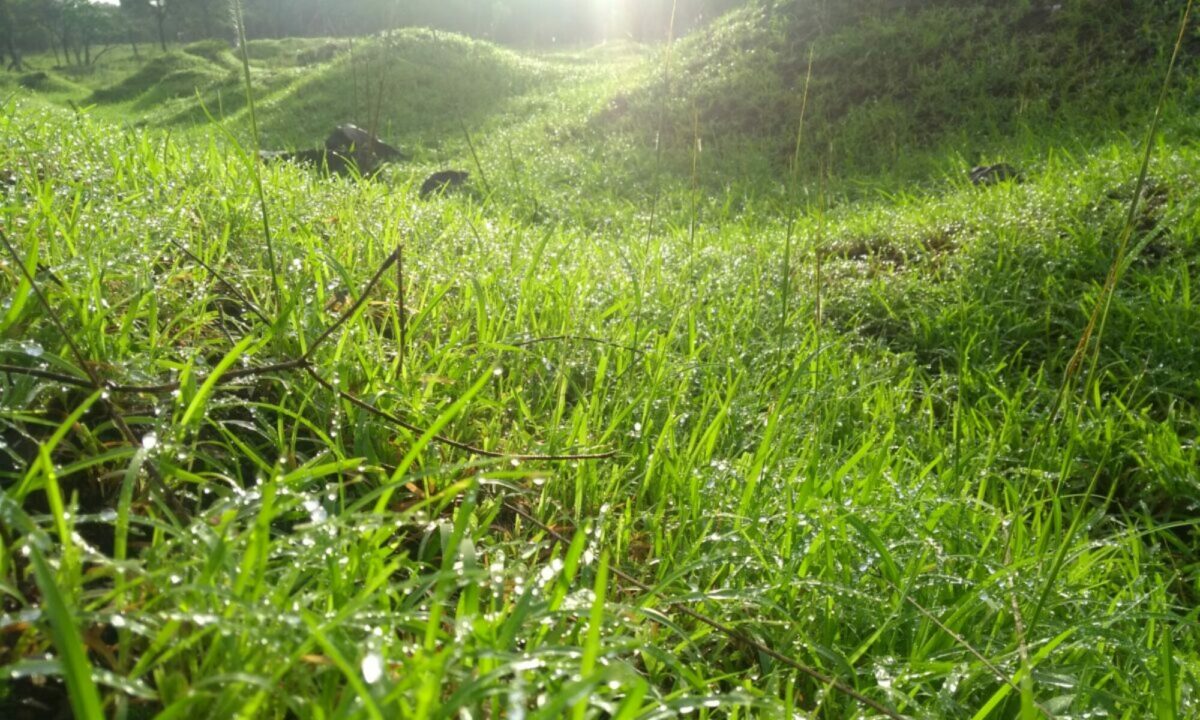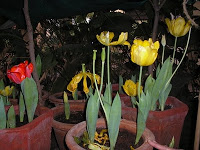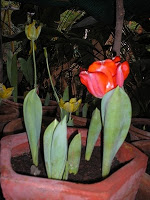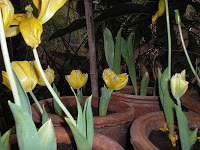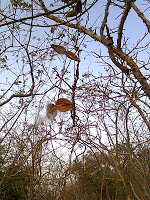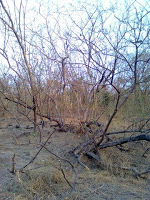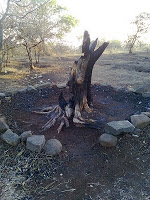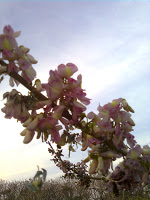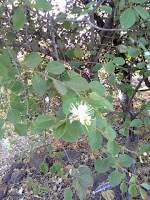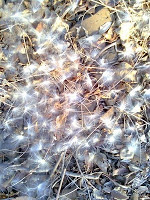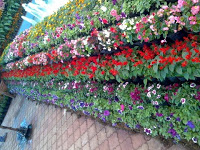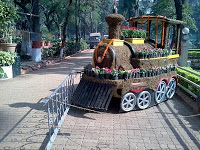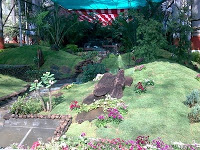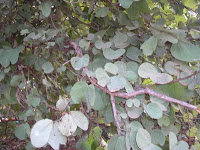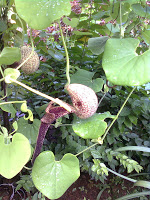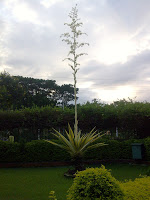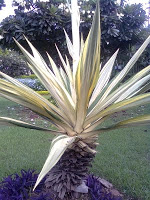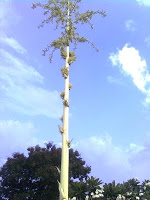We often read and hear ecology experts criticising trees growing around us. Wait a minute, the criticism is about their species and not trees per se. Their contention is that these trees are exotic (non-native) hence not suitable for our environment.
I was surprised to know that trees like the Gulmohor (Delonix regia) and Glyricidia that grow rampantly everywhere are exotic. Other commonly seen trees that are exotic are the rain tree (Sanabea saman), Shewga (Moringa oleifera), Buccha (Millingtonia hortensis) and Tabebuia varieties. Ecological experts opine that only native trees must be grown in any particular region and not exotic ones because:
- Exotic species attract pathogens that may damage native species.
- They compete with local trees for water and space.
- Their leaf and soil chemistry may adversely affect our native trees. (there may be more reasons, these are just an example)
Their arguments seemed convincing to me till I heard another point of view from learned botanists.
- The much maligned Glyricida actually is very useful in rural regions as fuel wood. Its branches can be broken easily into short straight bits that can easily be put in the wood stove. The tree grows back rapidly hence provides fuel again. In barren regions, trees like these grow rapidly and provide a green cover.
- Trees are trees and they carry out their basic function namely photosynthesis. Hence they provide us with useful oxygen and remove CO2. In a highly polluted city this is highly desirable.
- If our environment was unsuitable to these species, they would not have survived and flourished in our land all these years. We know from our evolutionary history that species may die if environmental conditions are unsuitable.
- 60% of the food we eat in Maharashtra is said to be exotic. Potato, wheat, tomato, chillies, guava and chikoo are examples of non-native plants that we eat, experts told me. So then what do we eat if we shun these exotic species??
I guess we cannot just kill off trees growing around us. They give shade and greenery in a cement and concrete jungle. What can be done is to make sure that native trees do not suffer, there are new plantations of native species.
What do you think?
By the way, an excellent resource to know about trees around Pune is a book called ‘Trees of Pune’ by Shrikant Ingalhalikar and Sharvari Barve.
Cheers!
